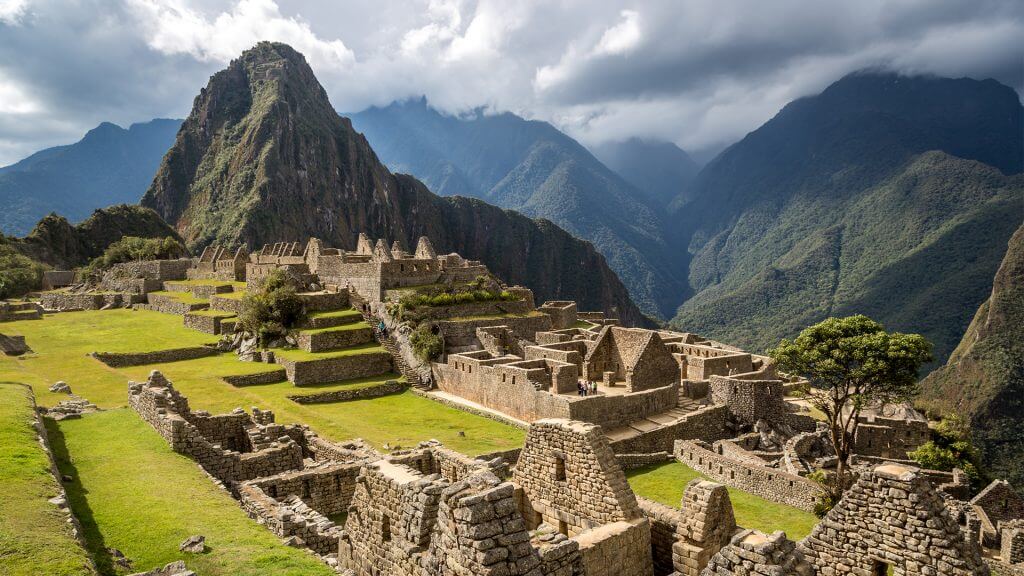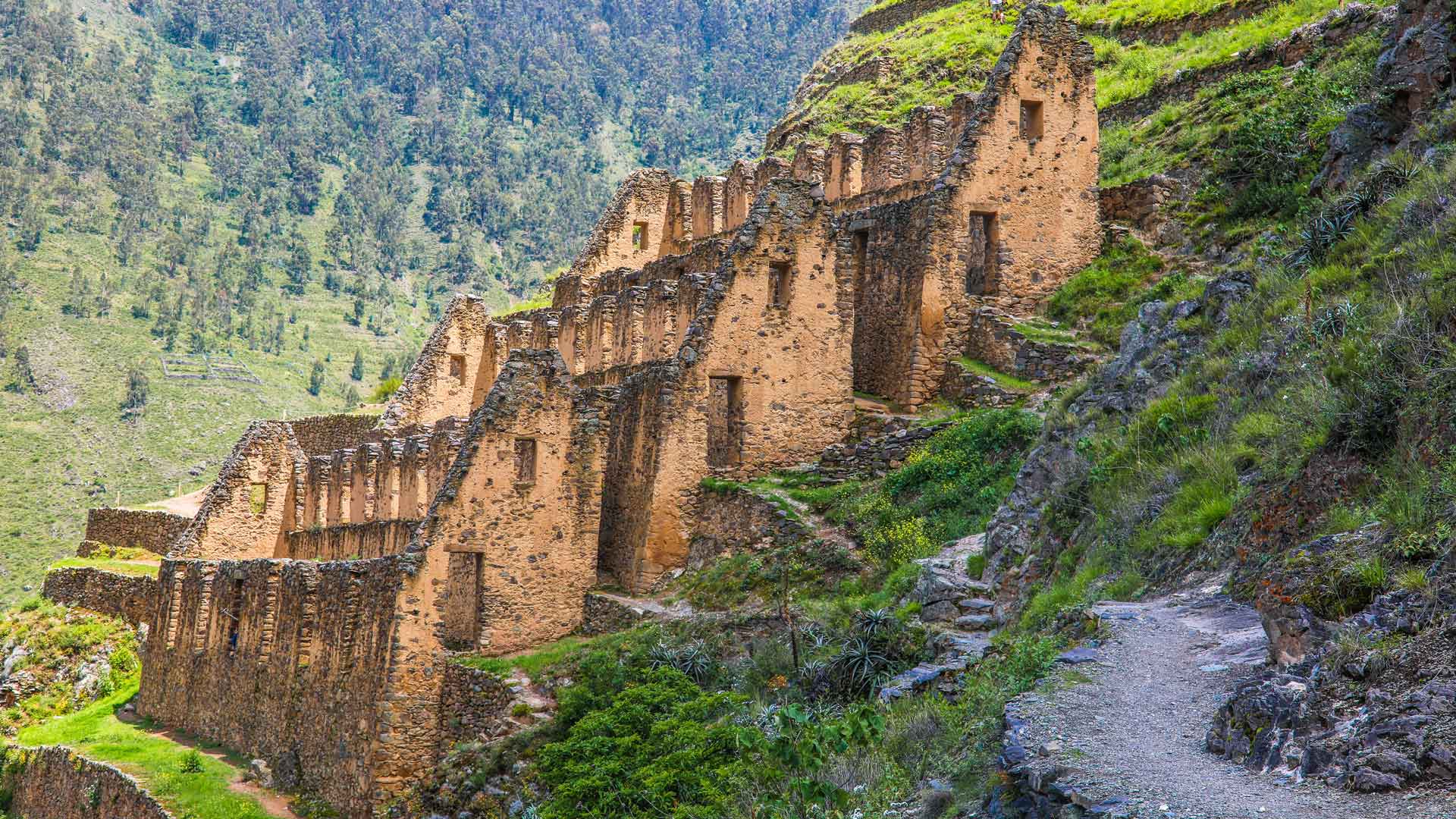The Machu Picchu Archaeological Site Peru
The beauty of Peru is truly breathtaking. As I looked upon this photograph of Machu Picchu, I was reminded of just how much history there is in this world. The ancient Incan city, nestled high in the Andes mountains, is a sight to behold.
As a traveler, there are so many things to explore in Peru. From the stunning architecture of Lima, to the serenity of Lake Titicaca, this country has it all. But what really stood out to me was the rich history and culture that can be found throughout the land.
If you're interested in learning more about the fascinating history of Peru, then you're in luck. The country has a long and complex past, with influences from a variety of different cultures. Here's a brief overview of some of the most important events that have taken place in this amazing country.
History
Peru is home to a number of ancient civilizations, including the Incas, the Chimú, and the Moche. These groups left behind a legacy of incredible architecture, art, and technology. Some of the most famous sites include Machu Picchu, the Nazca Lines, and the Huaca del Sol.
During the 16th century, Peru was under the rule of the Spanish Empire. The conquest of Peru was marked by brutal clashes between the Spanish and the Inca defenders. After the fall of the Inca Empire, the Spanish established a colonial government and imposed their culture upon the native people.
Peru declared its independence from Spain in 1821. However, it wasn't until the mid-20th century that the country began to experience significant economic growth and development. Today, Peru is one of the fastest-growing economies in Latin America.
If you're planning a trip to Peru, there are a few things you should keep in mind. Here are some helpful travel tips to ensure that you have a safe and enjoyable trip.
Travel Tips
One of the most important things to remember is that Peru is a relatively poor country. While crime rates are generally low, travelers should be aware that pickpocketing and theft can occur, especially in crowded areas. It's important to keep your valuables secure and be aware of your surroundings at all times.
Peru is also home to a number of different altitudes, ranging from sea level to over 16,000 feet. Altitude sickness can be a serious issue for some travelers, so it's a good idea to acclimate yourself slowly to higher elevations. Drink plenty of water and don't push yourself too hard if you begin to feel symptoms such as headaches or dizziness.
Another thing to keep in mind is that the weather in Peru can be unpredictable. The country has both wet and dry seasons, and temperatures can vary widely depending on your location. It's a good idea to pack layers and be prepared for sudden changes in weather.
Now that you have some basic travel tips, let's explore some frequently asked questions about visiting Peru.
FAQ
What is the best time of year to visit Peru?
The best time to visit Peru is during the dry season, which runs from May to September. During this time, you'll get the best weather and the clearest views of the Andes mountains. However, keep in mind that this is also the most popular time to visit, so prices may be higher and crowds may be thicker.
Do I need a visa to visit Peru?
Visitors from most countries do not need a visa to enter Peru for tourism purposes. However, you will need a valid passport and may be required to show proof of onward travel.
What are some must-see destinations in Peru?
There are so many incredible destinations in Peru that it's hard to pick just a few! Of course, Machu Picchu is a must-see for anyone interested in ancient history. Other popular destinations include the Amazon rainforest, the Nazca Lines, and Lake Titicaca.
What is the food like in Peru?
Peruvian cuisine is some of the most diverse and flavorful in the world. From ceviche to guinea pig, there are so many unique dishes to try. Some popular dishes include lomo saltado, ají de gallina, and anticuchos.
Is it safe to travel to Peru?
Peru is generally a safe country for travelers. However, as with any country, it's important to exercise caution and take basic safety precautions. Avoid walking alone at night, keep your valuables secure, and be aware of your surroundings at all times.
What is the currency in Peru?
The currency used in Peru is the sol (plural soles). Credit cards are widely accepted in larger cities, but it's a good idea to carry cash for smaller transactions and in more rural areas.
What languages are spoken in Peru?
The official language of Peru is Spanish, but there are also a number of indigenous languages spoken throughout the country. English is spoken in tourist areas, but it's always a good idea to learn a few basic phrases in Spanish.
In conclusion, Peru is a truly amazing country, brimming with history, culture, and natural wonders. Whether you're interested in exploring the ancient ruins of Machu Picchu, hiking through the Andes mountains, or sampling the delicious local cuisine, there's something for everyone in this incredible destination.


Post a Comment for "The Machu Picchu Archaeological Site Peru"